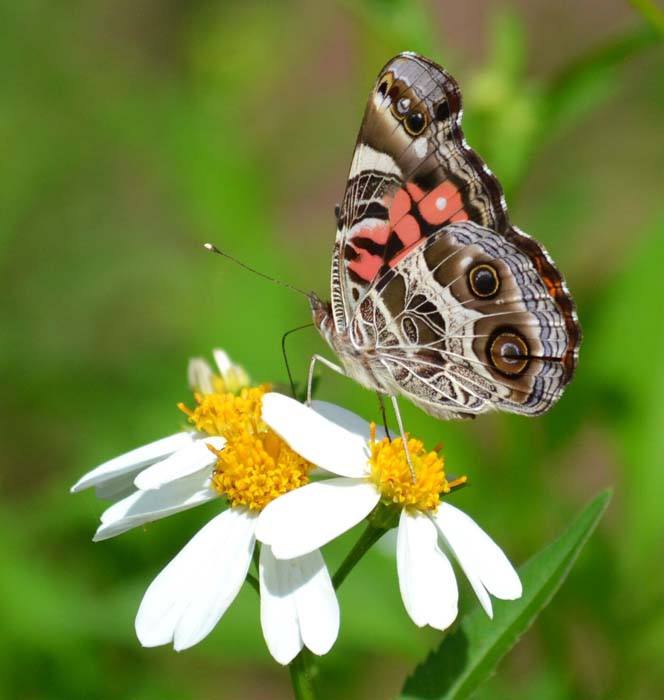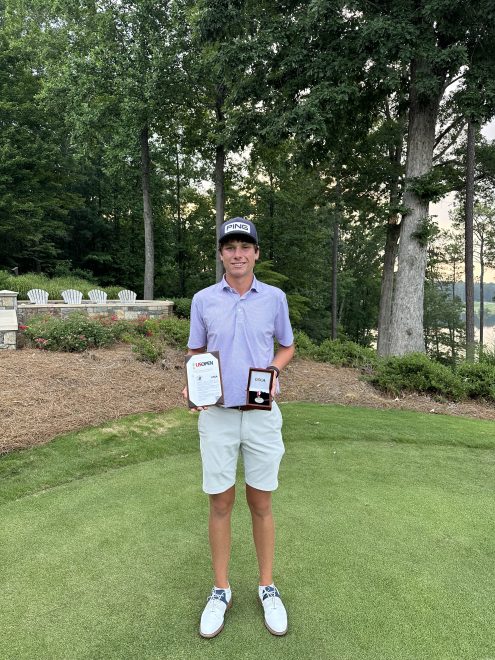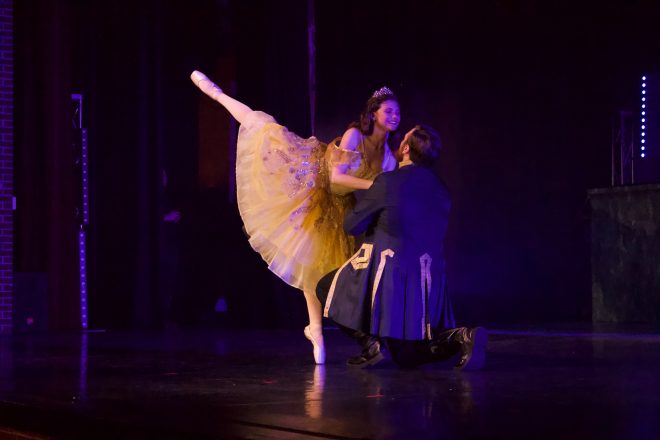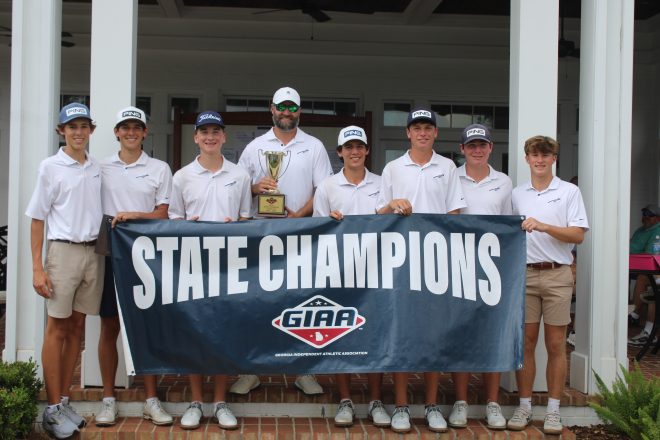Butterfly Festival to be held next Sunday at Pollinator Gardens
Published 9:56 pm Monday, September 25, 2023

- STOPPING IN THE GARDEN: American painted lady on white bidens AKA Spanish needles, an important nectar plant and host plant, but needs a separate area where it can be controlled, as the long seeds stick to your clothes and it can take over a garden.
THOMASVILLE- There is a worldwide movement encouraging everyone to protect and plant native plants of each region, and eliminate exotic invasive plants that come from other parts of the world and take the resources needed by the local natives. Habitat loss and invasive plants are two leading causes of the very concerning loss of biodiversity around the world. Some are calling it The Great Extinction, the first one caused by humans.
Thomasville is fortunate to have the largest public pollinator garden in the area. It is also the largest native plant garden, covering about 8,000 square feet. The Sun Garden is in the shape of a butterfly and can be seen from Google Earth. There are also areas on the nearby sunny hillside and in the woods. A shady and cool trail winds through the woods.
Maintained by volunteers led by Beth Grant and Yvonne Stinson, with help from the City’s Rose Garden manager, Brian Allensworth, it is next to the Rose Garden at Cherokee Lake Park.
The Sun Garden was created by the City. About 10 years ago, the lead volunteers took over the maintenance and later expanded it into the hillside and the woods. There are well over a hundred species of native plants there now.
Native plants and the insects that eat them are the foundation of all of nature’s web of life. Many insects including the pollinators have specialized needs for the plants they and their larvae can eat. For example, a female monarch will only lay her eggs on milkweed species, as that is all her caterpillars can eat. Thomasville Pollinator Garden includes dozens of species of these larval host plants, including the native trees that were already there. So when individuals visit the garden and see eaten leaves, that shows the hole-is-tic gardening is doing its job. The adult pollinators eat nectar and pollen from the host plants and nectar plants.
The caterpillars don’t just provide new pollinators. Most insect larvae provide food for other animals. For example they are the main food of most baby birds. No caterpillars, no baby birds.
The annual Butterfly Festival will be Sunday, October 1, from 2-4 p.m.
Visitors should park in the Rose Garden parking lot or on Covington Avenue.
The garden will be at peak bloom, with butterflies migrating through and some caterpillars still developing. There will be information on pollinator gardening with native plants, a garden tour at 2:45, plants available for a donation and free seeds from designated plants.
In July, a community group, led by Nancy Scott and Cindy Inman, hosted a party at the garden to begin painting rocks to create Rosie The Rock Snake. This group will offer an opportunity to paint rocks to make Rosie longer. She is winding down the sunny hillside garden. Materials will be provided. Face painting will be offered. The festival will conclude with a butterfly costume contest at 3:45. People who created costumes for the Vashti butterfly event are certainly welcome.
This is the community’s public pollinator and wildlife garden, created for all to enjoy. It provides an opportunity for citizens to learn about gardening with native plants by visiting and volunteering.
Please go to the Facebook page Thomasville Pollinator Garden and post any pictures and comments there all year long. Those interested can also sign up for the community chat, where updates are posted for the volunteer schedule. Groups of all kinds can schedule tours or special work days.





